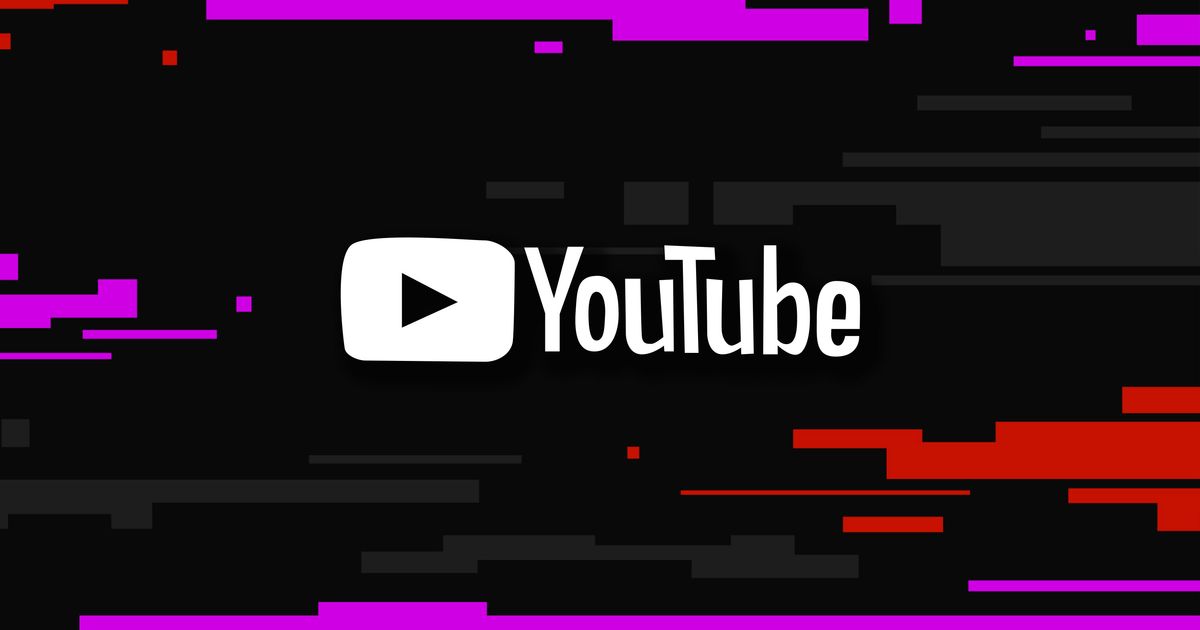In a surprising step, youtube just added hundreds of TV shows and movies to the lineup, and all these titles are available for free. If you are in the United States, you can now enjoy more than 4,000 episodes of various events and hundreds of movies without additional fees, all on YouTube. Even though this is a good movement (if unexpected) from YouTube, most of us know more than take it at a nominal value. Why a service that tries to make money suddenly decide to give thousands of content hours for free? The answer is simple: to produce more money.
Most of us pay for various types of streaming. Whether it’s Netflix, Hulu, HBO Max, or Disney +, there are many websites and applications that provide access to movies and show for a monthly subscription. So far, Google (who has YouTube) does not have horses in this race, but does have YouTube. YouTube comes with a premium plan that lets you watch ad-free, but anyone with a PC and a little technology understands can avoid advertising without having to pay youtube premium prices. However, paid subscriptions also provide user access to exclusive content and allow video playback even when you exit the application.
Google, apart from YouTube, is also used to have a Play Store, which is above the application also sells movies and performances. However, the company recently announced that it would switch from it and would focus on the application and game on the Play Store (through Ars Technica). Where does it leave YouTube, and what exactly is the one try to do?
Youtube decisions are very strategic. Even though all these films and performances are available free, users must watch advertisements as often as possible. This option may appear to be opposite to intuition, but YouTube is not the first service to adopt ad supported models. Recently, Disney + announced that it would release a cheaper subscription rate which costs cheaper per month but plays some ads when you are streaming. Thus satisfied, Peacock, Roku, and Tubi also operate based on advertisements supported by advertisements.
Considering that the YouTube Premium does not offer much compared to services such as Netflix, switching to ad-friendly models probably the right way to go to YouTube. However, the content is still given for free now, and some users can find their way around the ad. Similarly, those who subscribe to YouTube premium will have access to the same show catalog and film, but do not have to deal with advertisements.
Will YouTube one day decide to put all the content behind Paywall which is certain or will it remain on the current model? It’s hard to say, but the platform certainly has a big plan. YouTube has revealed that he plans to add new films and show weekly. At present, the lineup covers classics like “10 things I hate about you” and “legally blonde,” with “wedding escape” and other favorite fans to immediately join the mixture.
Considering that the YouTube Premium does not offer much compared to services such as Netflix, switching to ad-friendly models probably the right way to go to YouTube. However, the content is still given for free now, and some users can find their way around the ad. Similarly, those who subscribe to YouTube premium will have access to the same show catalog and film, but do not have to deal with advertisements.
Will YouTube one day decide to put all the content behind Paywall which is certain or will it remain on the current model? It’s hard to say, but the platform certainly has a big plan. YouTube has revealed that he plans to add new films and show weekly. At present, the lineup covers classics like “10 things I hate about you” and “legally blonde,” with “wedding escape” and other favorite fans to immediately join the mixture.

